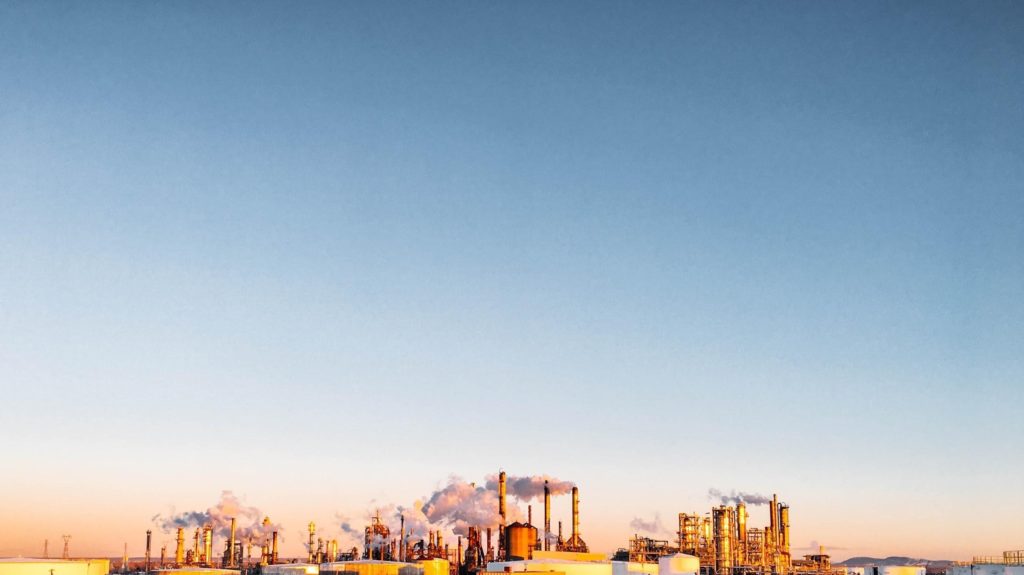Each year, the problems of waste removal in London keeps getting worse. Millions of homes don’t have access to proper recycling; and those that do throw everything in the trash, from old clothing to broken blenders. If you dispose of rubbish and it ends up in a sorting facility, it does not necessarily guarantee it will get recycled. You might unwittingly drop something that the local recycling service does not accept, or that package might be designed in a way that it is unrecyclable. Many don’t want to recycle either, and don’t realise how easy it is to browse their recycling bins online and order straight to their door. It’s a simple way to help the environment.
Some parts of the system might work. Things like beer cans for instance can easily be recycled into new beer cans repeatedly. But for plastics, they can get chopped, mixed with other substances, and converted into materials of lower quality to be used for other products like black plastic planters or part benches. Most times, people drop things into their recycling bin that should not be there. Things like food containers and pizza boxes that have food scraps, plastics, coffee cups and polystyrene foam, as well as random things like garden hoses and Christmas lights. Down the line, this can lead to major problems. If too many non-recyclable materials contaminated the process of recycling, they could end up being sent to a landfill instead.
5 ways to fix UK’s Recycling Problem
1.Collection:
The first challenged for anything that can be recycled is getting it into UK’s recycling system. Most houses have no access to recycling at home and rural areas don’t have enough population density to make investment in trucks economically smart. UK cities should be given grants for supplies such as recycling bins along with some consultations to help expand recycling. For large companies, they should focus on municipal recycling. Laws should be created in the form of waste reduction targets for a city or financial assistance to recycle, such as bottle bills to give cash for recycled items placed in most places.
2.Transportation:
Another challenge is transportation. Glass, for instance is easy to be recycled, but very heavy to transport. And since most glass recycling is centralized, it is mostly not economical to ship to those facilities. A solution can be to turn glass into construction materials that most companies can use, thus increasing the value.
3.Sorting:
When a rubbish collection truck picks up recyclable waste from bins, they transport them to sorting facilities. People make use of automated machines to sort through the pile of junk of everyday life. Those trucks drop mixed materials in the facilities, which get loaded in a conveyor belt. Typically, the first step involves people removing waste like plastic bags that can cause a jam in the machine. As materials are passed into the machine, it makes use of gravity, filters, screens and other techniques to sort out metal, glass, paper and plastics. Sorting is an important step, and has to be done right, since cleaner materials are more valuable and can be converted into high quality recycled items.
4.Processing:
After sorting the materials, they pass through a processor – like a plastic reclaimer or a paper mill – to be converted into new materials that can be sent to manufacturing companies. Processing works smoothly for some materials. Cans for instance go to a processing unit that either puts them through something like this scrap metal baler to then sell on as a compacted unit, or cuts them into tiny pieces, and them melts the metal in large furnaces, creating an important material that can be reused to make new cans.
5.Design:
For the manufacture of new products, their recycling destiny is decided long before they get into a recycling bin. The problems begin with designers who lack the proper tools to make decisions that will enhance future recyclability. Simple details can make a product recyclable. Anytime a company takes back its own product after the end of the product’s life, it leads to new design opportunities. Companies have to be encouraged to design for recycling. This system will work well if there’s a high demand for recycled materials. This can be a challenge for plastic materials since the price of oil is low. The manufacture of products should be optimized for recycling, so they end up getting recycled.
You may dispose of a plastic container in a recycling bin and assume it will eventually become a new item. But each step of London rubbish removal – from the point the products are designed to collection to sorting – has lots of flaws. Fortunately, there are new technology and methods coming into play that could potentially revolutionize the process.




